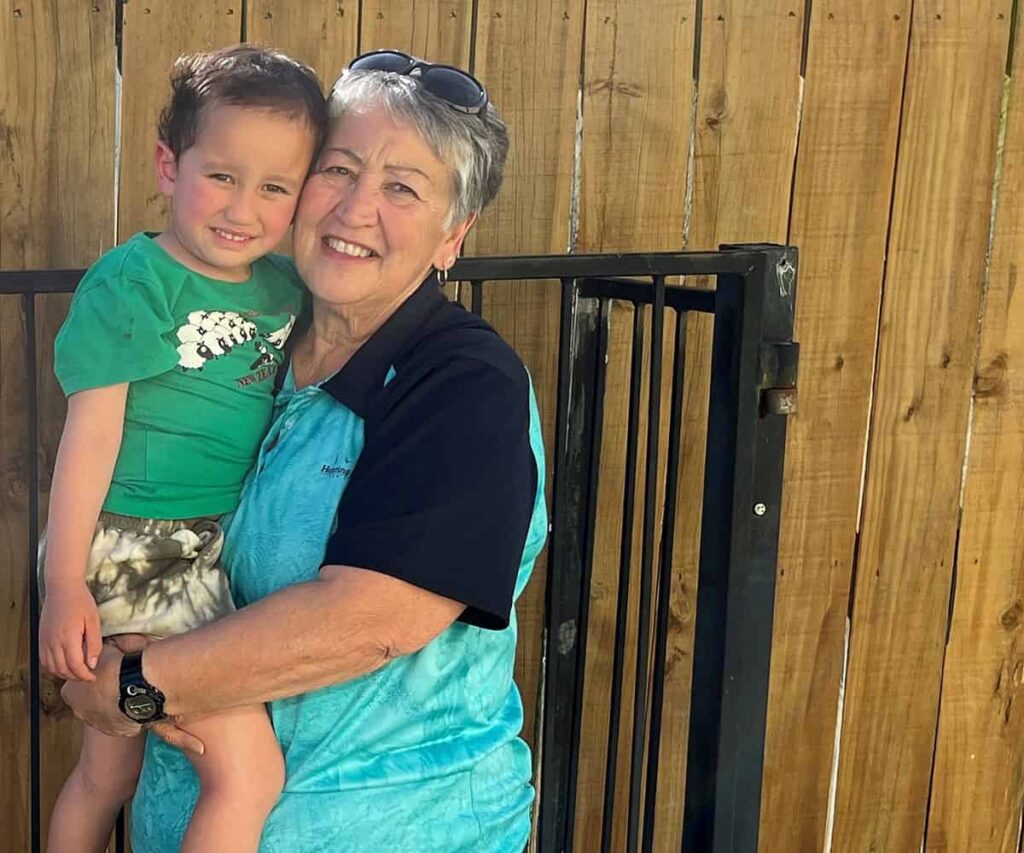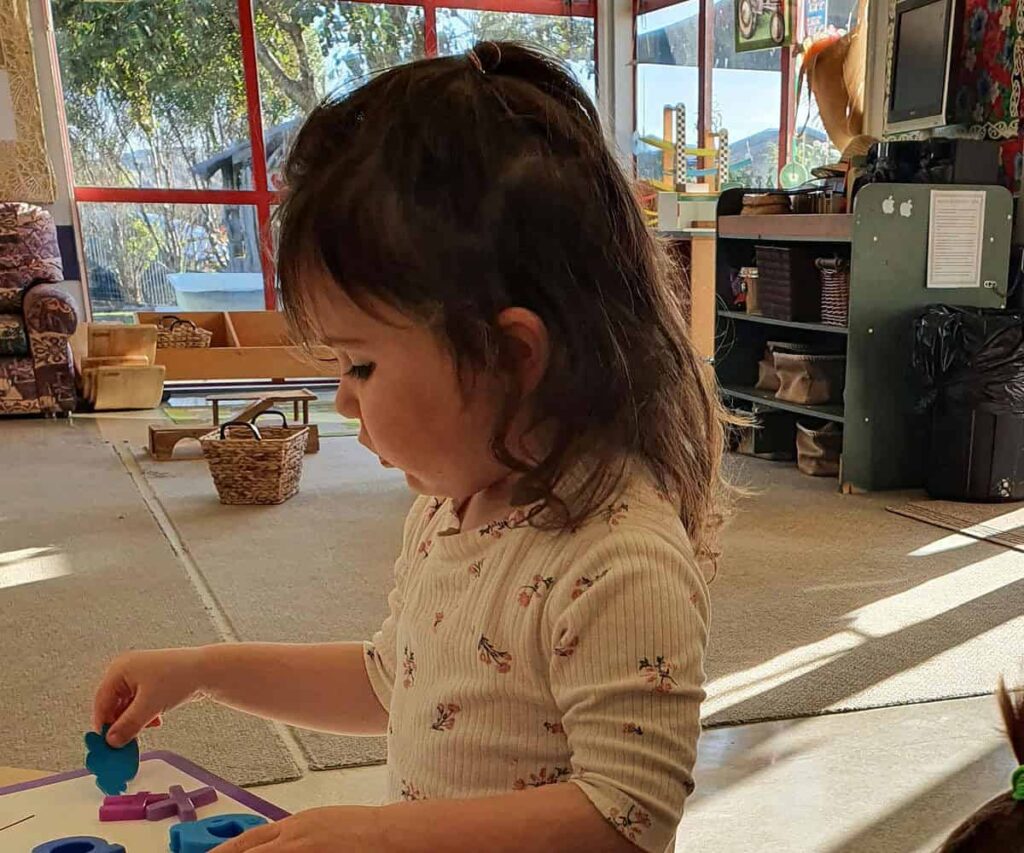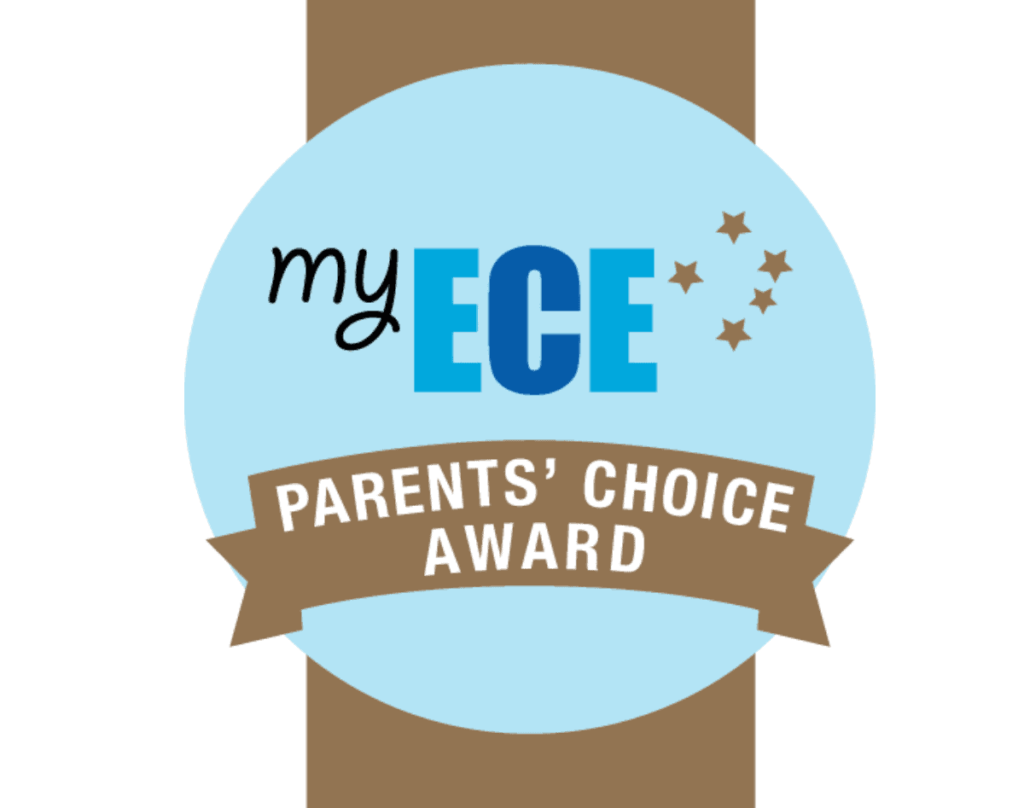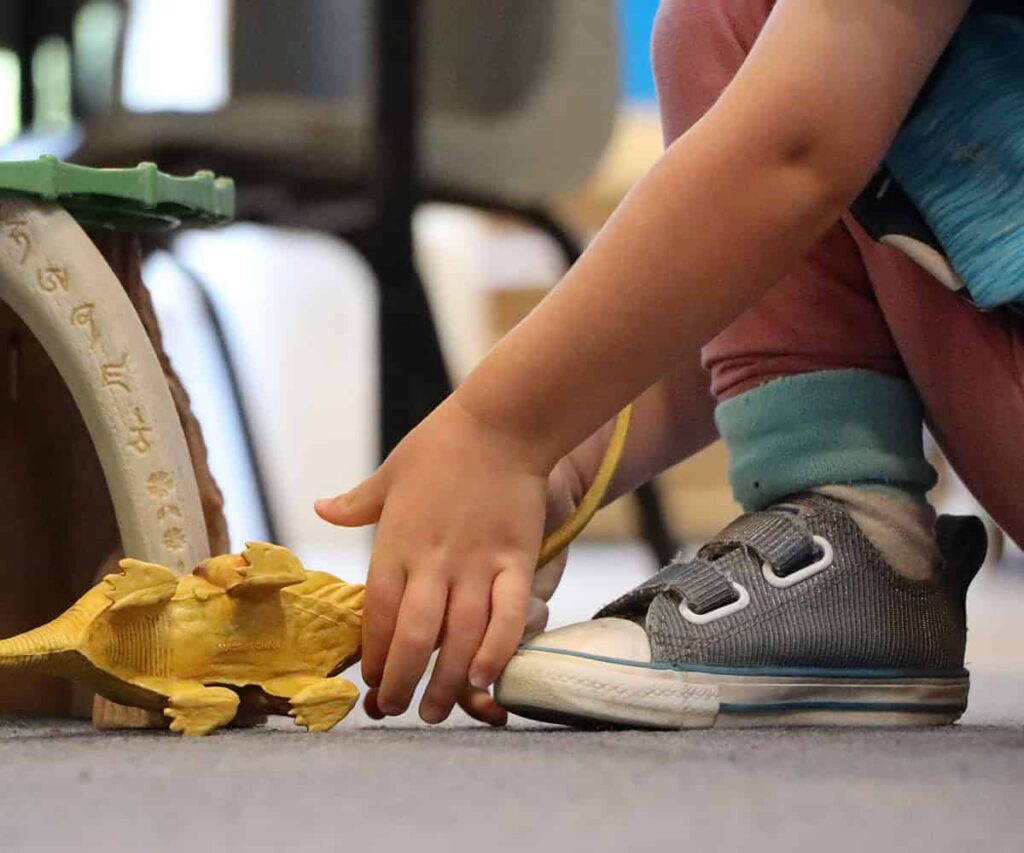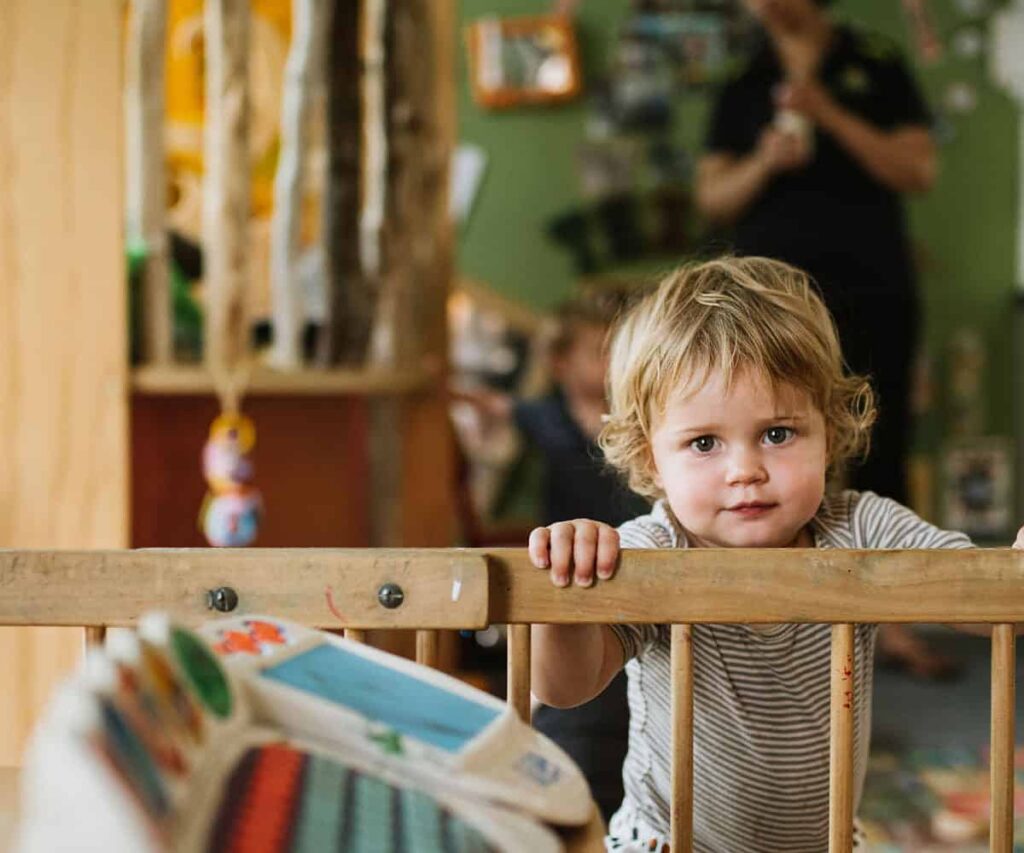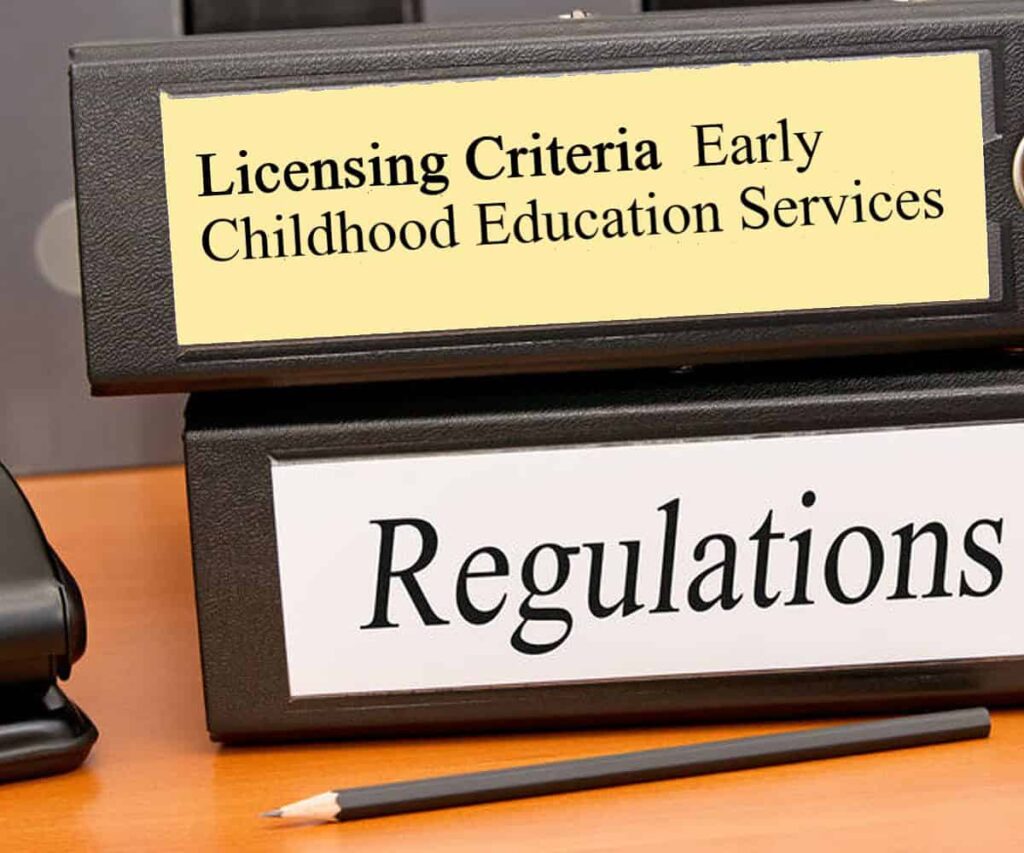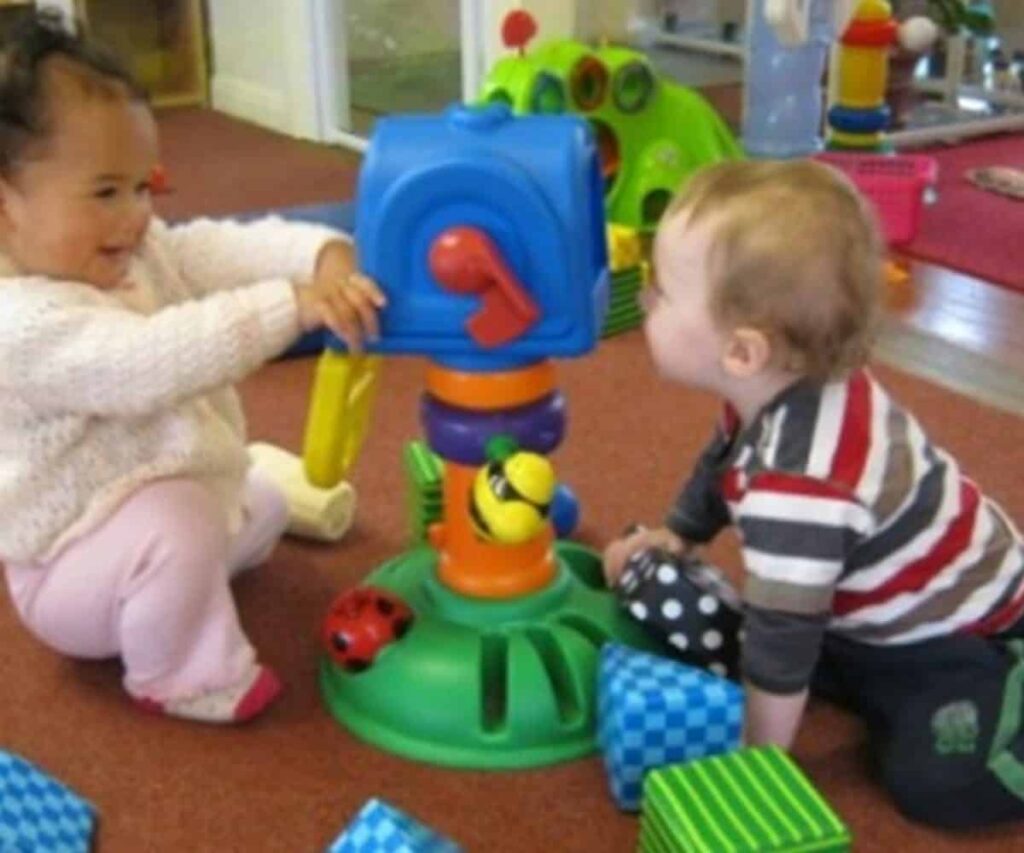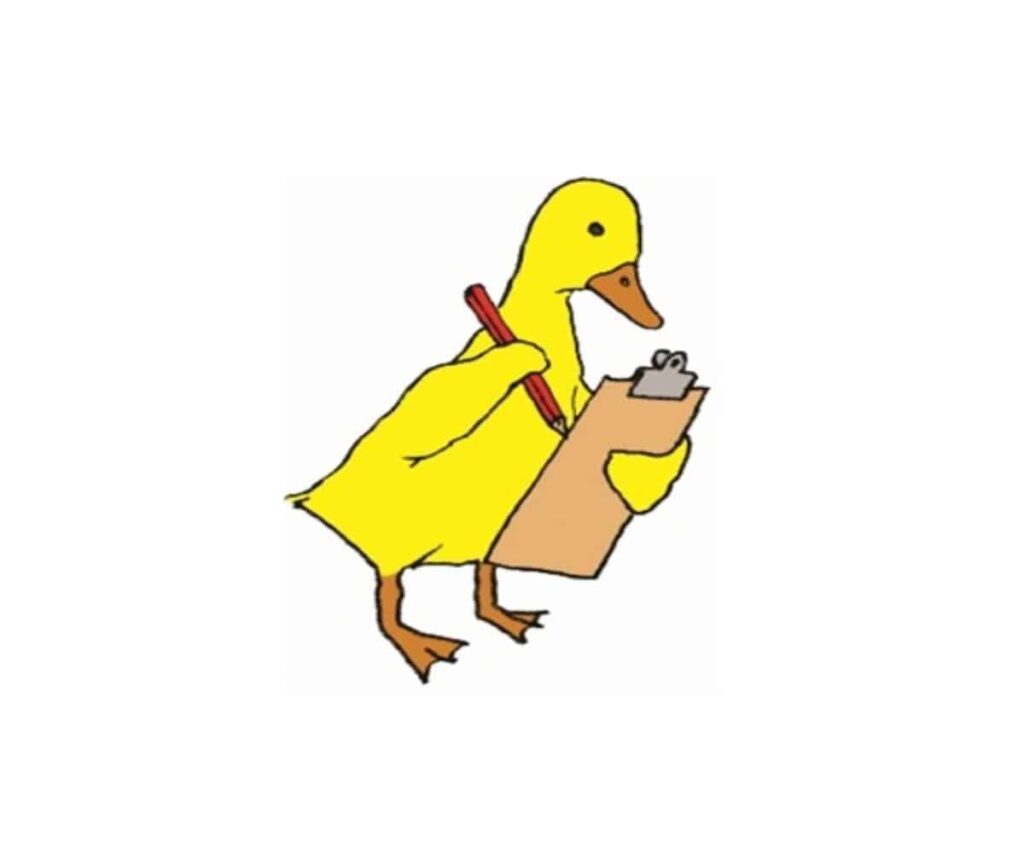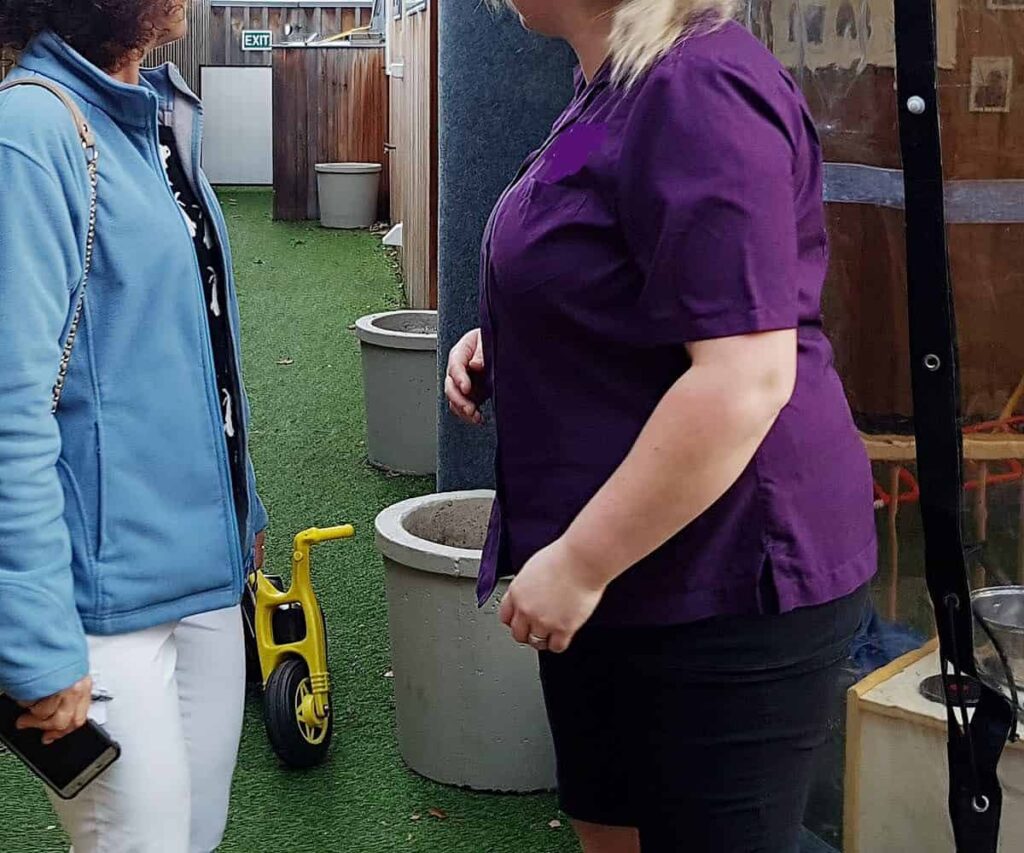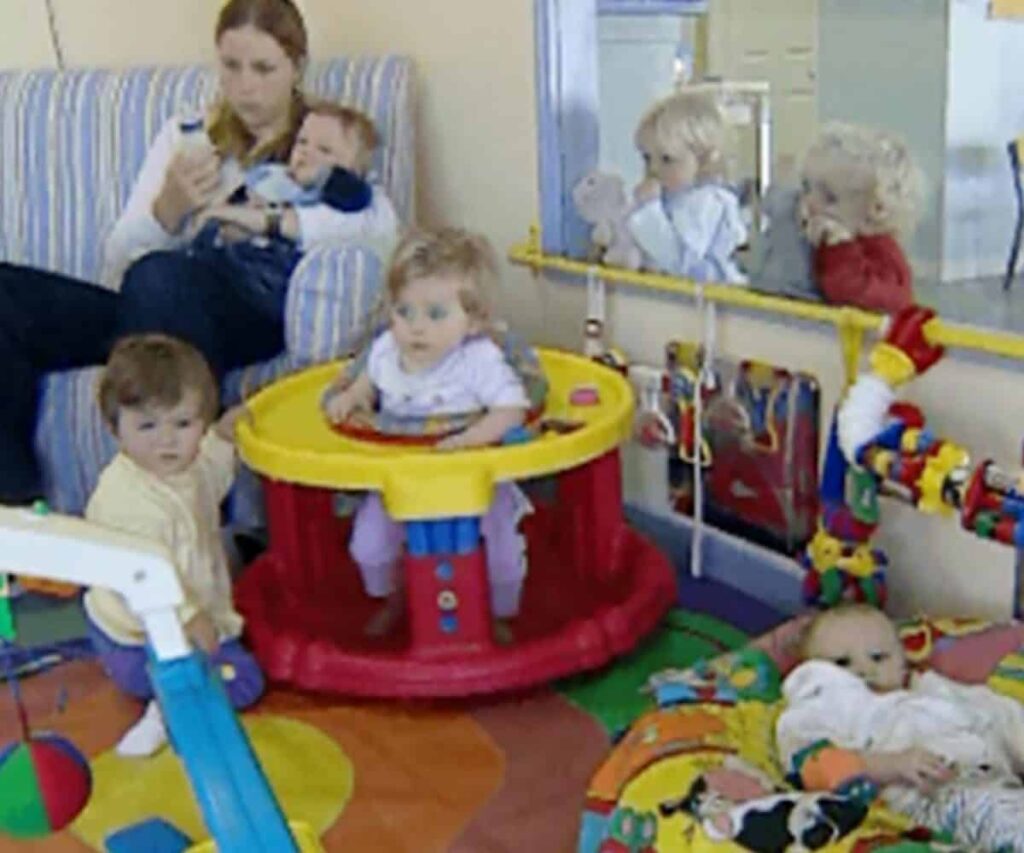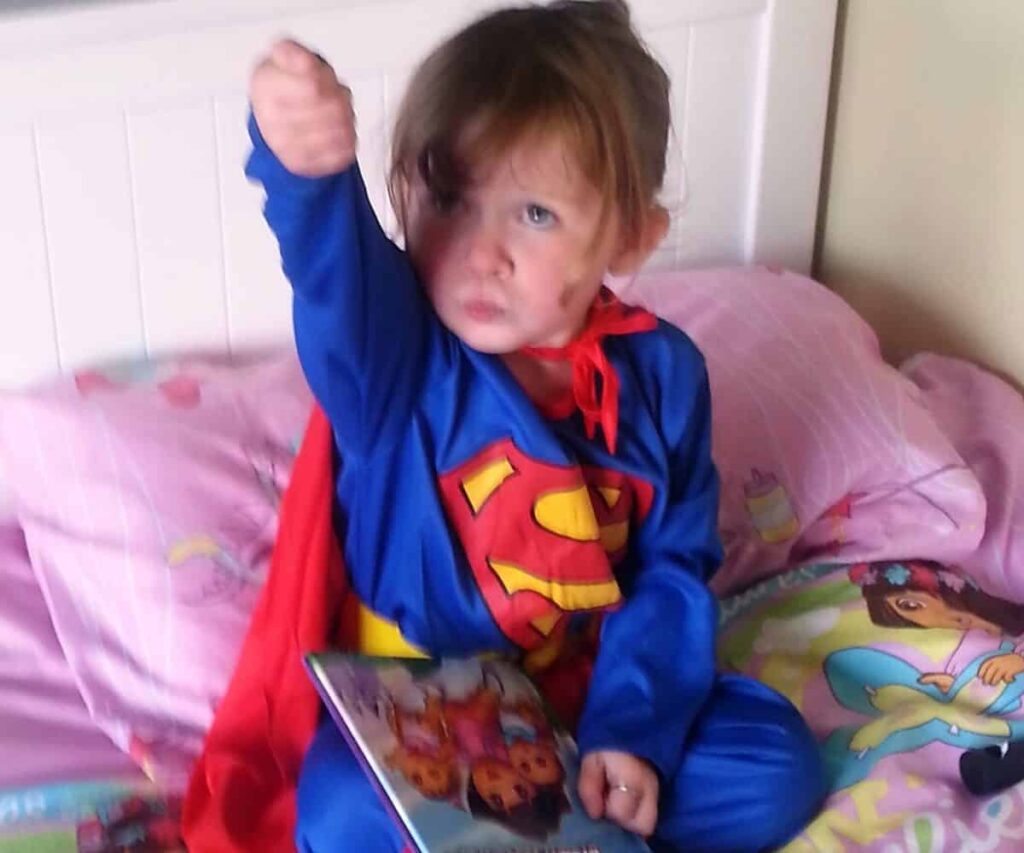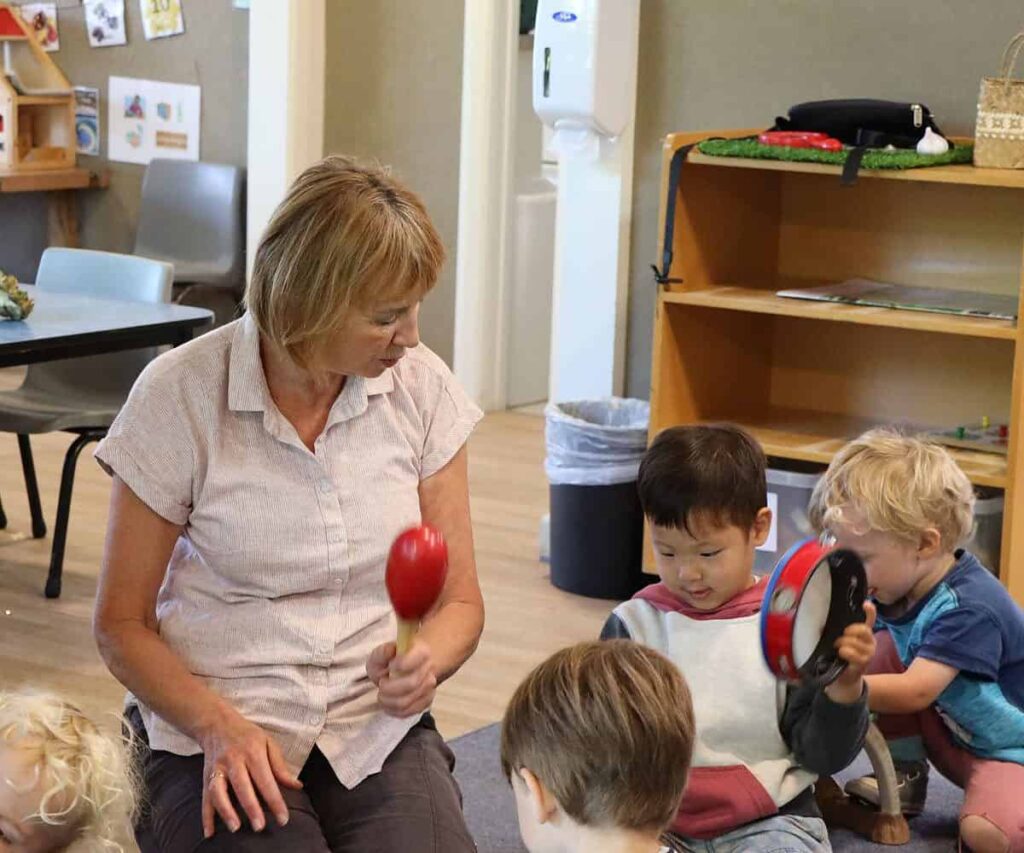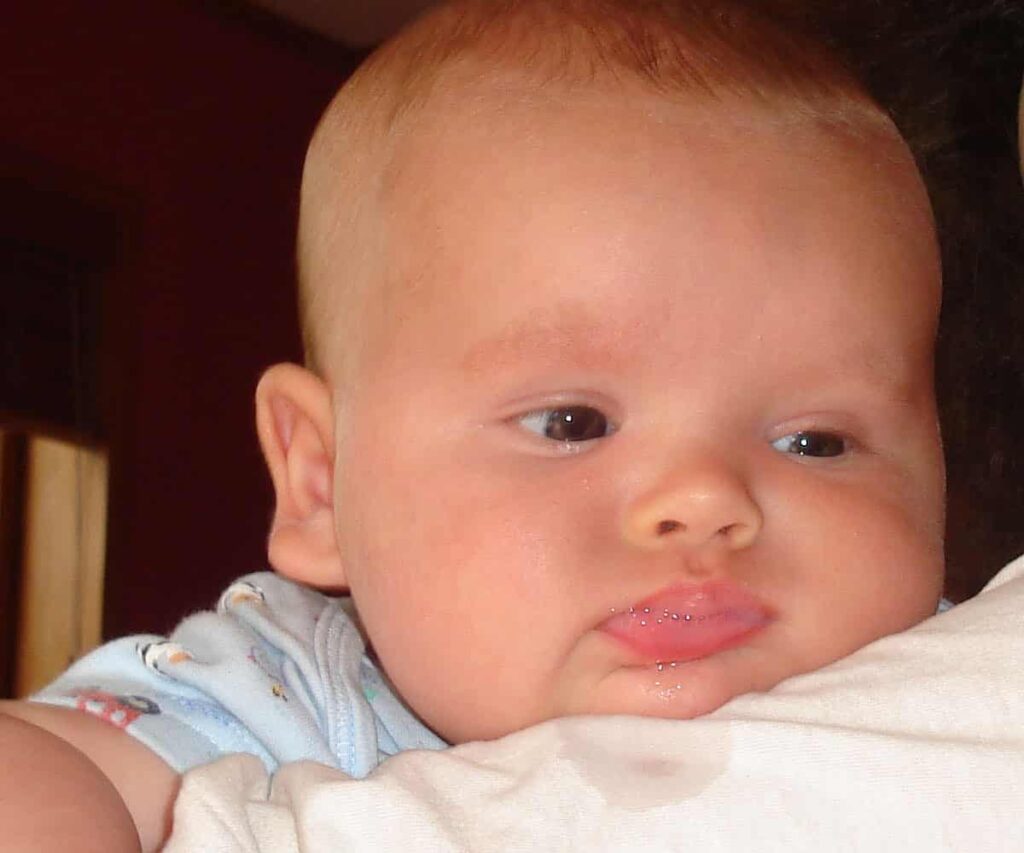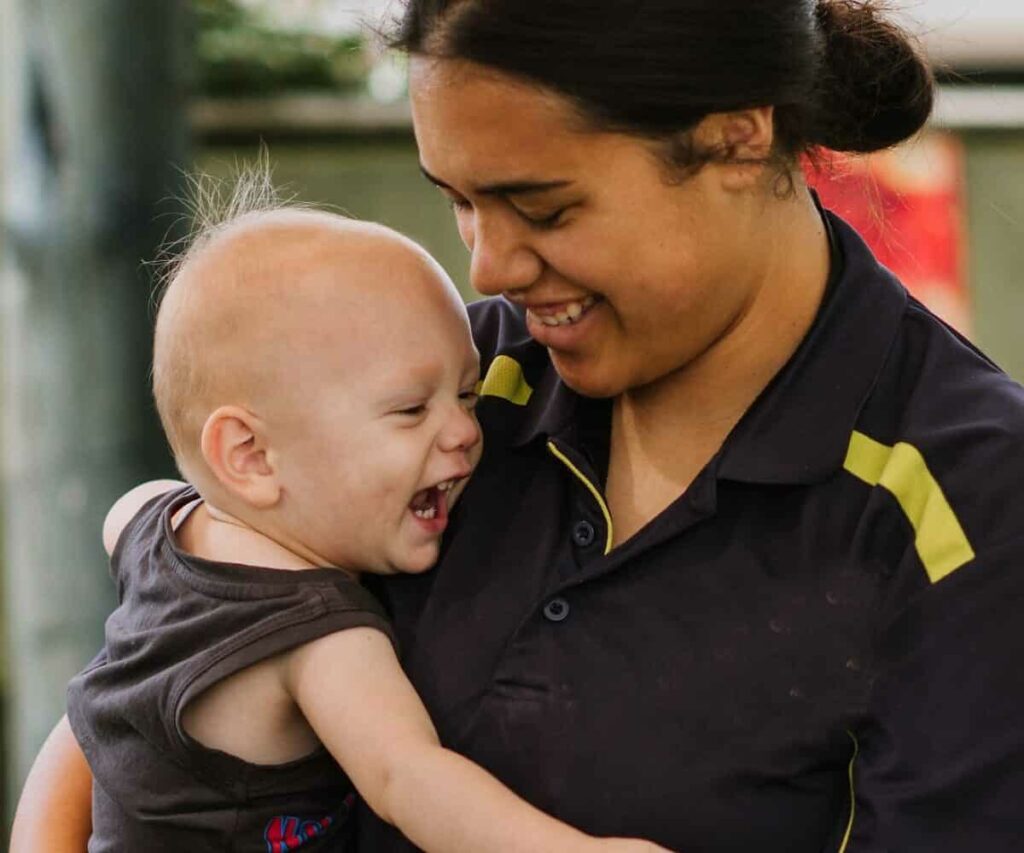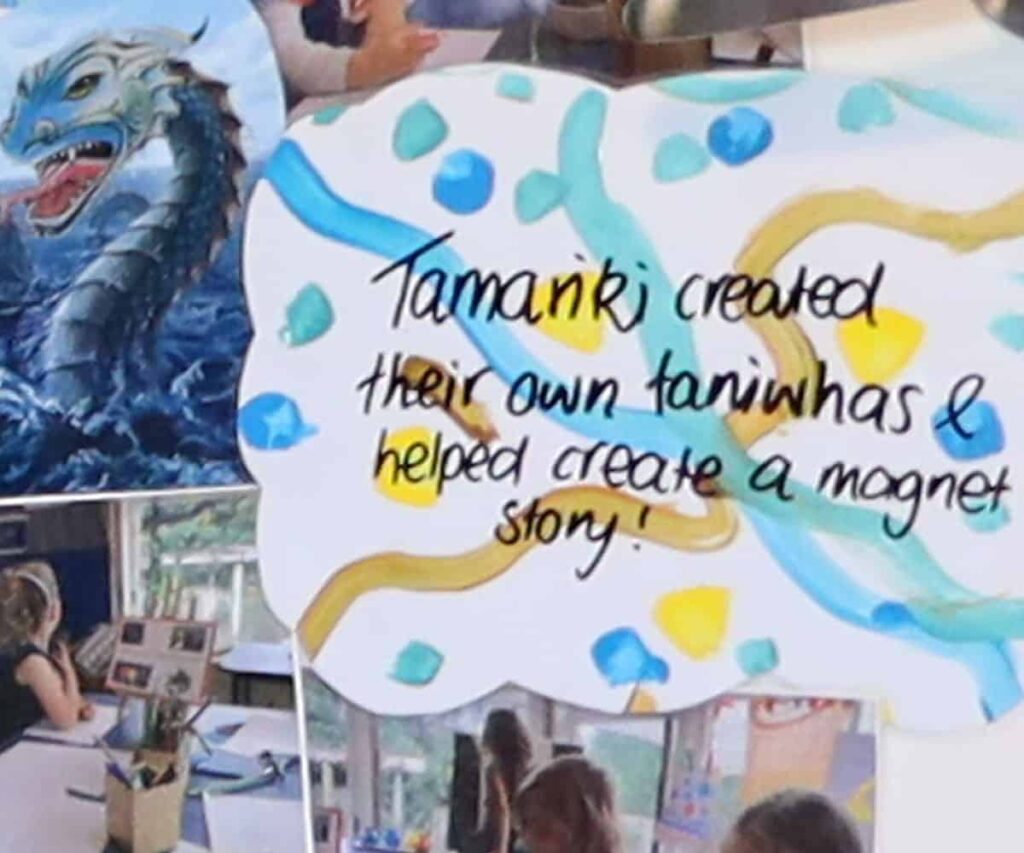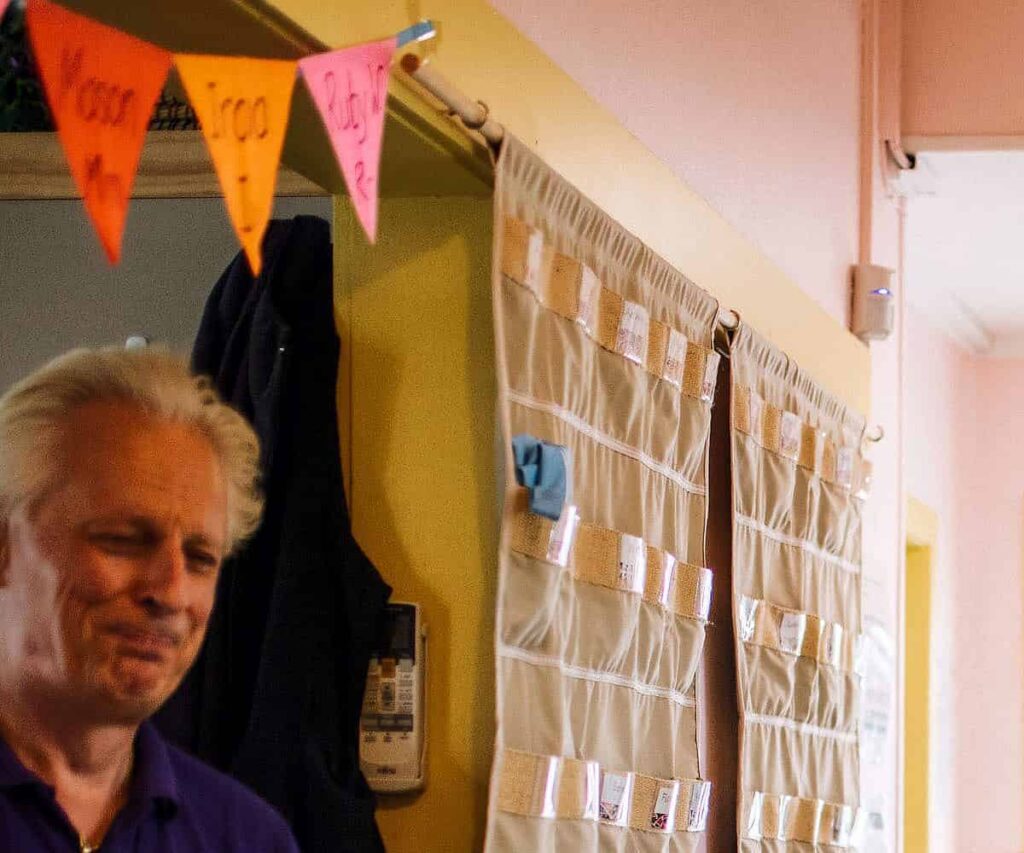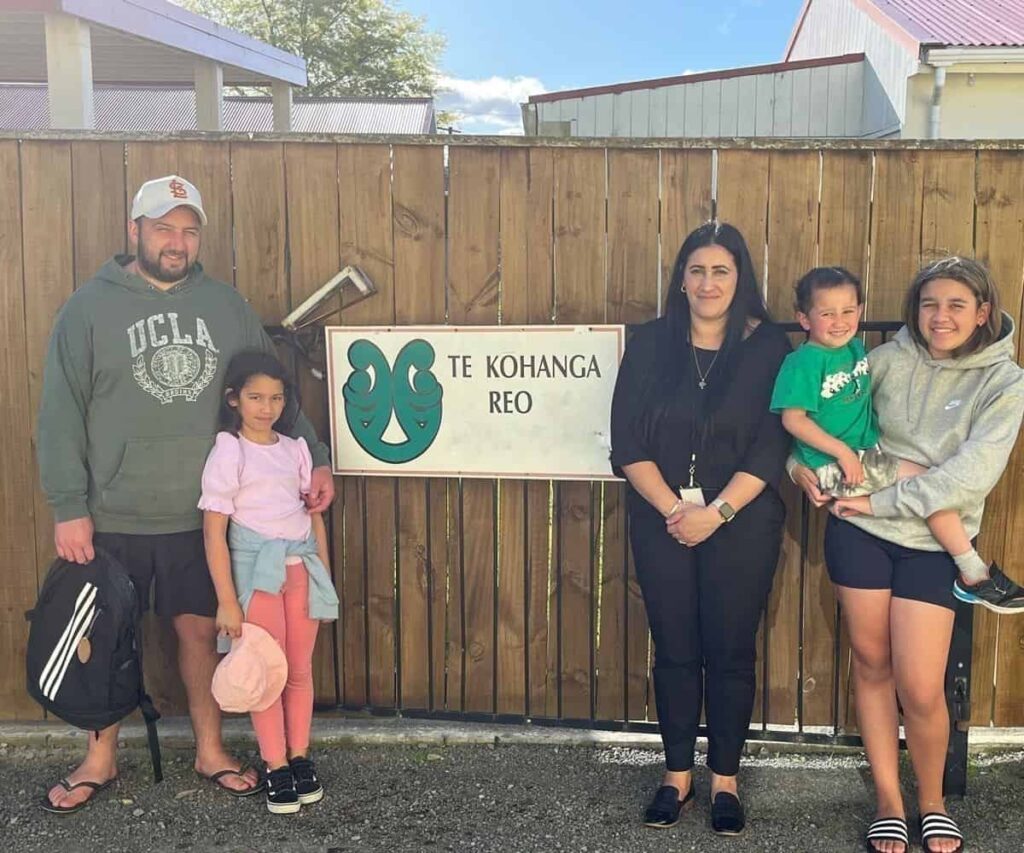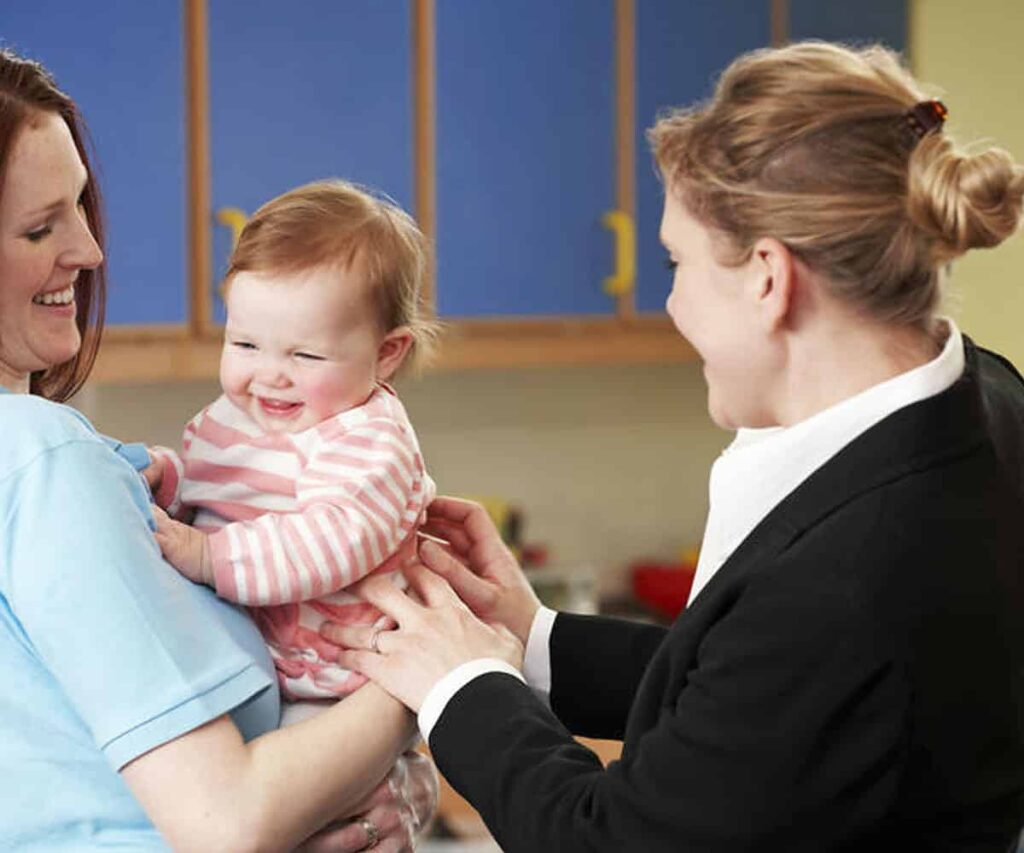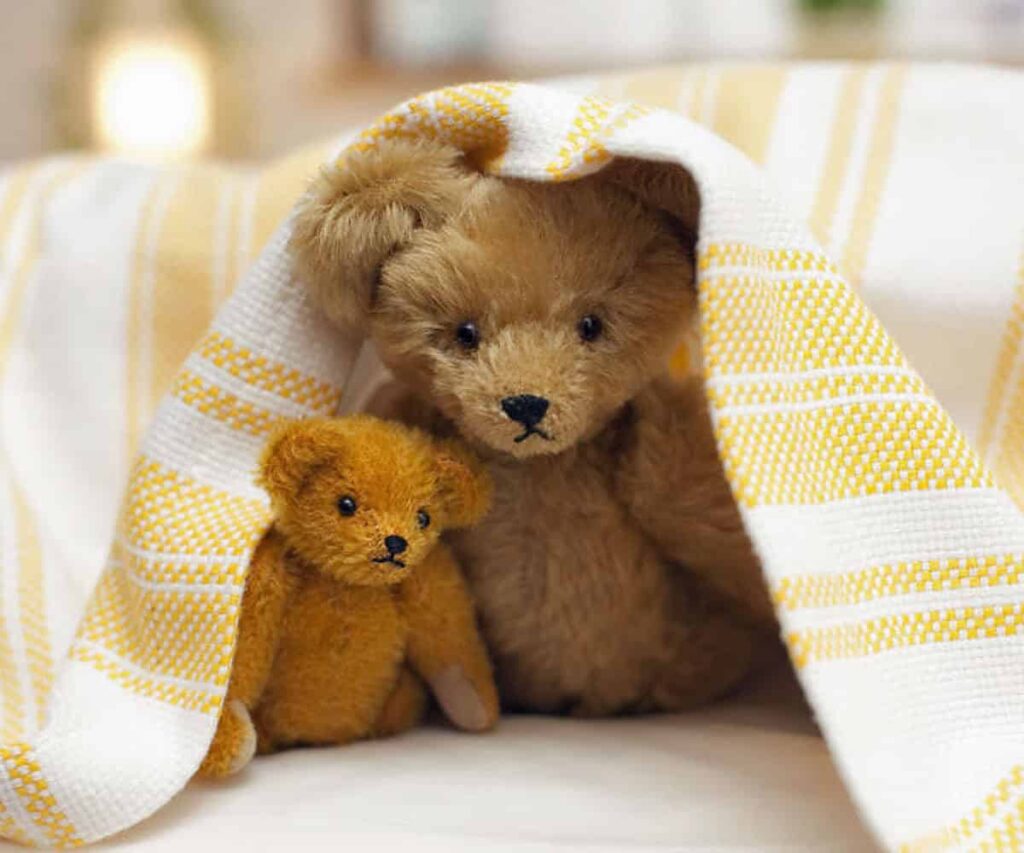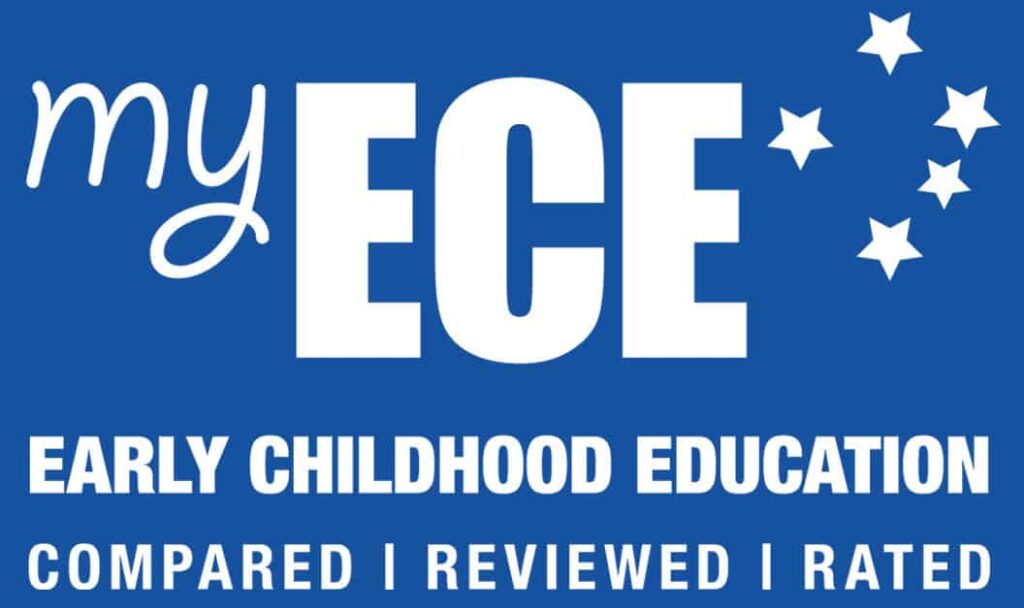Every early childhood service is legally required to have a child abuse policy – otherwise known as a child protection policy. But will your child actually be safe and not experience neglect or abuse?
Child abuse prevention and safety checklist
When choosing an early childhood service for your child, look for the presence of the following child abuse prevention and safety indicators:
1. Children are listened to.
2. The service has an open-door policy – parents and caregivers are welcome to drop in any time and make spontaneous or unannounced visits to see their children.
3. A child protection programme is provided as part of the curriculum. This includes teaching children about safe and unsafe touching, the names of body parts, how to say “no”, to tell a trusted adult as soon as possible, and about why some secrets are not good secrets to keep.
4. All adults working at the service (including managers) are respectful to children as well as to each other.
5. All adults working at the service are open about discussing good and poor practice.
6. All adults working at the service model the appropriate behaviour, including safe touching (e.g. display of affection and empathy when a child has tripped over and hurt his knee).
7. Teaching staff are knowledgeable about the vulnerability of children and aware that it is not possible to know for sure that no one will abuse a child or children.
8. All staff and others who assist at the service (including students on teaching practice) are supported to ask questions and challenge poor practice, and report suspected abuse.
9. Parents are encouraged to be involved in their children’s care and participate in the activities and life of the setting.
10. And finally – it is very – very important that all adults at the service are told that they must report suspected child abuse, and that it is safe for them to speak up and report.
* This checklist was developed by Dr S Alexander and first published in 2015. It reflects her analysis of lessons that could be learnt from abuse case in childcare services in NZ and Britain.
Read More: The Regulations for Child Protection that Early Childhood Services must meet
Read More: Code of Children’s Rights in Early Childhood Education
